Enhance Your School's Communication with Reliable SIP Trunking!
| Feature | Legacy Phone Lines | SIP Trunking with DIDlogic |
|---|---|---|
| Monthly Cost | High line rental and maintenance | Pay-as-you-go, scalable plans |
| Scalability | Hardware required per new line | Instant channel expansion |
| Reliability | Prone to outages | Redundant failover and backup |
| Compliance | Limited data protection | GDPR and education data compliance |
| Integration | Minimal | Connects to LMS, PBX, and paging tools |
| Multi-Campus Support | Separate systems per campus | Centralized communication |
Sign up with DIDlogic to explore SIP trunking and pricing instantly or talk to our sales team for a tailored setup.
How DIDlogic Powers School Communication
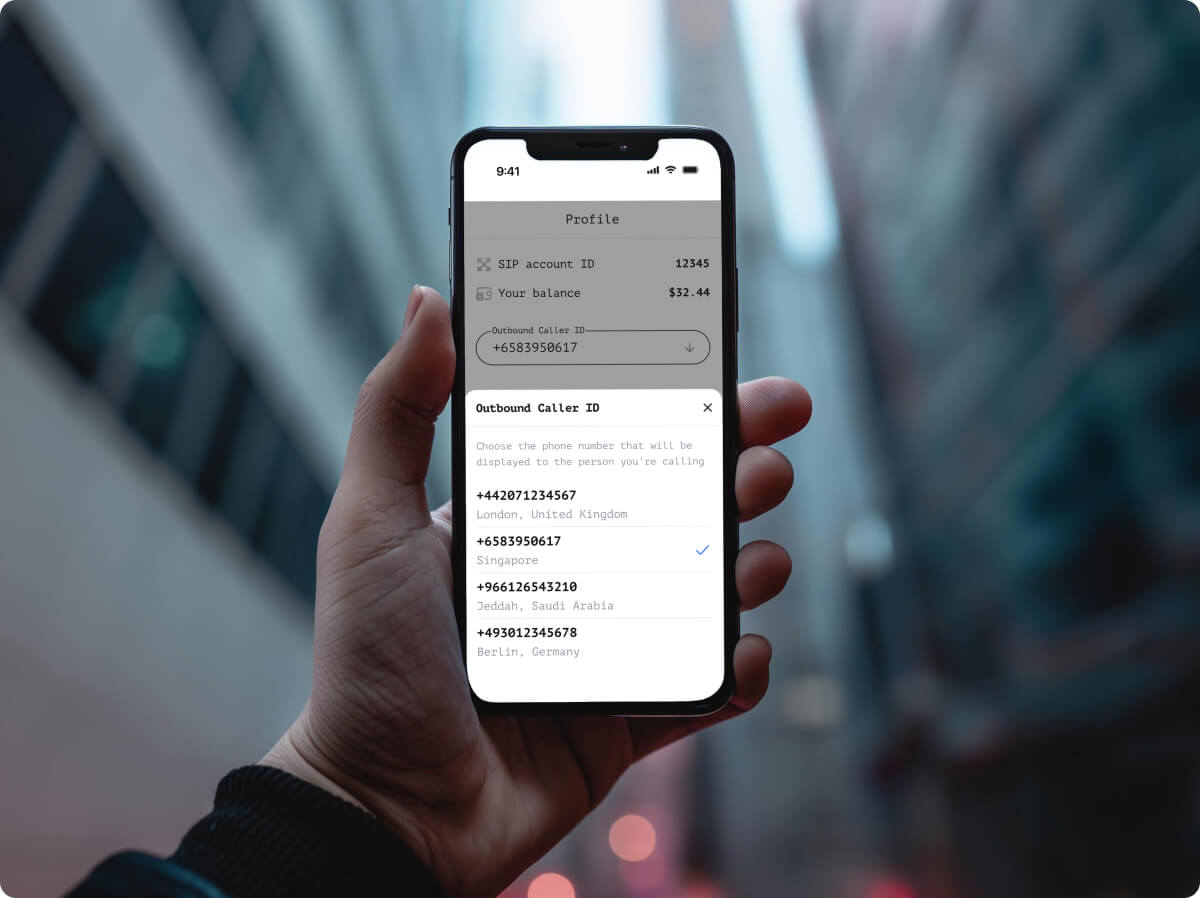
School Features That Matter Most
Implementation: Switching Your School to SIP Trunking
Firewall configured for SIP traffic.
Optional: integration with paging or announcement systems.
Configure call routing for admin, faculty, and emergency lines.
Test network redundancy and backup routing.
Integrate with school software (LMS, scheduling, CRM).
DIDlogic provides support during rollout and ongoing management.
FAQs
How does SIP trunking improve safety and emergency communication?
It ensures instant routing for emergency alerts, broadcasts, and critical response coordination, even during outages when traditional systems might fail. When a lockdown situation occurs, the system can simultaneously alert all classrooms, send notifications to parent contact numbers, and connect directly with local law enforcement without anyone manually dialing multiple numbers. Speed matters enormously in these scenarios, and SIP trunking routes calls based on priority levels you’ve configured ahead of time.The technology connects with your existing PA systems and emergency notification platforms, so a single alert triggers multiple communication channels at once. If your primary internet connection fails during a crisis, automatic failover reroutes everything to backup lines or cellular networks within seconds. Schools can’t afford communication breakdowns when student safety is on the line.Beyond emergencies, the same infrastructure handles weather-related closures, pickup changes, and attendance alerts that parents need throughout the year. Some schools configure the system to automatically call guardians when students don’t show up for class, catching truancy issues faster. The reliability is what matters most, knowing that when you need to reach everyone immediately, the system won’t let you down. It’s perhaps one of those invisible upgrades that nobody notices until there’s an actual emergency, and then it proves invaluable.
Is SIP trunking secure for student and parent data?
Yes, DIDlogic’s SIP trunks use encryption and adhere to GDPR and educational privacy standards like FERPA that protect student information. Every phone call that discusses grades, behavior issues, health concerns, or family situations contains sensitive data that schools are legally obligated to protect. The voice traffic travels encrypted using TLS and SRTP protocols, making interception by unauthorized parties extremely difficult even if someone tried.Call detail records—who called whom, when, and for how long, are stored with appropriate access controls that limit who on staff can view this information. This matters because even metadata about communication patterns can reveal private details about students and families. For international schools or those serving European students, GDPR compliance is built into how the system handles data retention and parental consent requirements.The fraud detection features protect schools from toll fraud schemes that sometimes target educational institutions with less sophisticated security. Unauthorized access attempts get flagged before they become expensive problems on your telecom bill. That said, SIP trunking is just one piece of your overall data protection strategy. You still need proper staff training on privacy policies, secure authentication for accessing phone systems, and documented procedures around who can listen to recorded calls.Schools dealing with custody situations particularly benefit from audit trails showing exactly when parents were contacted and what information was shared, protecting staff from liability.
Can SIP trunks integrate with LMS or school management systems?
Absolutely. DIDlogic connects seamlessly with leading LMS, CRM, and paging platforms that schools already use for daily operations. When a parent calls about their child, the system can automatically pull up the student’s record from your management software, displaying attendance, grades, recent incidents, and scheduled parent-teacher conferences right on the staff member’s screen. This screen pop functionality saves time and prevents awkward moments where office staff are searching through databases while someone’s on hold.The integration works with major platforms like PowerSchool, Blackboard, Canvas, and Google Classroom, though specific features depend on what your system’s API allows. Some schools set up automatic attendance calls that trigger when students are marked absent, reaching parents within the hour rather than at day’s end. Reminders about field trips, permission slips, or upcoming events can route through the same infrastructure.For private schools with admissions departments, the CRM integration means prospect calls get logged automatically with timestamps and call recordings attached to applicant files. No more wondering whether that interested family from last month ever called back. The paging integration is crucial too, connecting your classroom intercoms and emergency announcement systems through the same network rather than maintaining separate ancient PA equipment.What really matters is that communication becomes part of your student information system rather than existing in a completely separate silo that nobody checks.
What size schools benefit most from SIP trunking?
Small schools save significantly on telecom costs, while large networks centralize communication across multiple campuses, both benefit equally, just in different ways. A single-building private school with 200 students might cut their phone bill by half simply by eliminating unnecessary legacy lines they’ve been paying for out of habit. They gain enterprise-grade features like auto-attendants and voicemail-to-email without hiring IT staff to manage complex systems.Large district networks with ten or twenty buildings benefit from unified management. Instead of separate phone contracts for each elementary school, middle school, and high school, everything runs through centralized infrastructure that the district office controls. Transferring calls between buildings becomes seamless, the high school can route a parent directly to their child’s elementary school counselor without giving them a different number to call back.Mid-sized independent schools often see the best of both worlds. They’re large enough that the cost savings are substantial, maybe $2,000-4,000 monthly—but small enough that migration happens quickly without bureaucratic complications. The scalability matters too; a growing school adding portable classrooms or a new athletics building can extend phone service without trenching new copper lines across campus.Really, any school still paying for traditional phone lines is probably overspending. The question isn’t whether you benefit, but how quickly you can switch and start seeing those savings.
How long does implementation take?
Most private schools migrate within days using DIDlogic’s guided setup, and there’s zero service interruption for ongoing operations. If your school has a compatible PBX system already, and many do, even if they’re a few years old—the actual cutover might happen over a weekend or holiday break. Number porting, which moves your existing main office and department numbers to the new system, typically takes 3-5 business days once paperwork is submitted.Brand-new installations without existing equipment take a bit longer, maybe a week or two depending on your campus size. The technical work happens mostly behind the scenes; DIDlogic handles the configuration remotely rather than having technicians disrupting classrooms for days. You’ll need to coordinate with your internet provider if bandwidth needs upgrading, which sometimes adds time to the overall project timeline.Larger districts with multiple buildings should expect a phased rollout, perhaps starting with the administration building, then gradually migrating schools one at a time. This approach reduces risk and lets IT staff learn the system before scaling across the entire district. Some schools choose to run parallel systems briefly, keeping old lines active while testing the new setup thoroughly.The planning phase is actually more important than the technical implementation. You need to map out call flows, decide on auto-attendant menus, and train office staff on new procedures before go-live day.
Do SIP trunks actually lower telecom costs?
Yes, schools typically save 40–60% by eliminating legacy lines and paying only for what they actually use rather than fixed capacity. Traditional phone companies charge per line whether you’re using it or not, so that fax line in the nurse’s office that receives two documents monthly still costs you $45 every month. SIP trunking charges based on channels and usage, which aligns costs with your real communication needs.
International calling becomes dramatically cheaper too, which matters for schools with exchange programs or international student populations. A language teacher calling partner schools in Spain or Japan pays internet rates instead of traditional international toll charges that add up shockingly fast. Long-distance within your country often becomes free or negligible compared to what carriers charge.
The savings compound over time as you eliminate hardware refresh cycles. That aging PBX in the basement that needs expensive replacement parts every few years? You can eventually retire it in favor of cloud-based solutions that don’t require capital expenditure. Maintenance contracts disappear when there’s no physical equipment to maintain.
Some schools redirect the telecom savings toward other technology priorities, better Wi-Fi coverage, additional Chromebooks, or upgraded security cameras. The CFO appreciates predictable monthly bills instead of surprise charges when someone accidentally calls international premium numbers. For private schools operating on tight budgets, finding $30,000-50,000 annually in savings makes a real difference.



